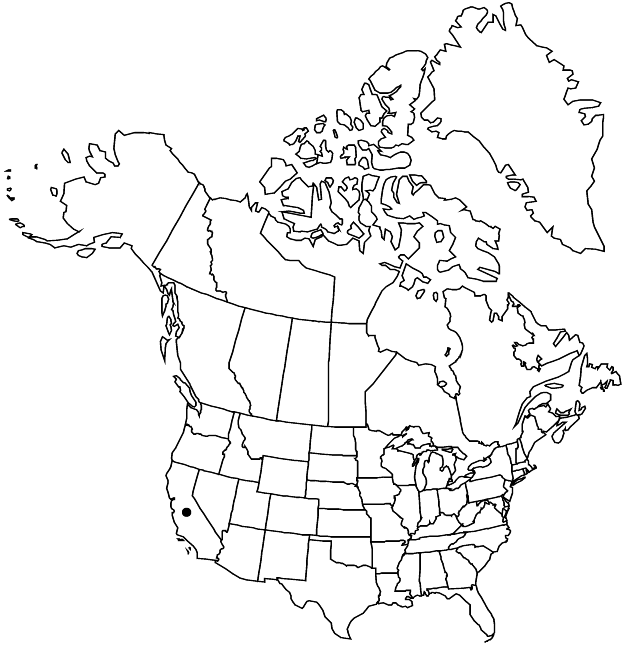Chorizanthe staticoides
Trans. Linn. Soc. London 17: 418. 1836.
Plants erect to spreading or ascending, 0.5–6 × 0.5–3 (–5) dm, thinly pubescent. Leaves essentially basal; petiole 1–3 (–4) cm; blade oblong to oblong-ovate, 0.5–3 (–8) × 0.3–1 (–2.5) cm, thinly pubescent or glabrous adaxially, usually densely tomentose abaxially. Inflorescences mostly flat-topped and open to densely branched, green to gray or reddish; bracts soon deciduous, 2, occasionally leaflike at proximal nodes and similar to proximal leaf-blades only short-petiolate, more reduced and usually sessile, obovate, others linear and acicular, often acerose, (0.1–) 0.2–0.5 (–1) cm × 1–3 (–6) mm, awns straight, 0.5–2 mm. Involucres usually congested terminally with 1 at node of dichotomies, reddish to purplish, cylindric, not ventricose, 3–4 (–5) mm, often irregularly corrugate, without scarious or membranous margins, thinly pubescent; teeth spreading, unequal, 0.7–1.3 (–1.5) mm with longest of 3 longer ones more erect than others, these alternating with 3 shorter and less-prominent ones; awns uncinate, 0.5–1 mm. Flowers mostly included; perianth rose to red, cylindric, 3–4 (–5) mm, pubescent; tepals connate 1/2 their length, monomorphic to slightly dimorphic, oblong to obovate, rounded to obtuse or truncate apically, occasionally irregularly denticulate, those of outer whorl usually slightly broader and longer than those of inner whorl; stamens 9, mostly included; filaments distinct, 2.5–4 (–4.5) mm, glabrous; anthers pink to red, oblong, 0.5–0.6 mm. Achenes brown, lenticular, 3–4 mm. 2n = 38, (40, 42).
Phenology: Flowering Apr–Jul.
Habitat: Sandy to gravelly or rocky places, coastal scrub, mixed grassland and chaparral communities, pine-oak woodlands
Elevation: 300-1700(-1900) m
Distribution

Calif.
Discussion
Chorizanthe staticoides is found in the foothills and mountains of the Coast Ranges from Monterey County southward into San Bernardino, Riverside, and Orange counties. A more insular series of populations occurs on Santa Catalina Island and along the coast and immediately adjacent foothills in Orange and San Diego counties.
Turkish rugging is a highly variable taxon. G. J. Goodman (1934) attempted to parse some of the variants but J. L. Reveal and C. B. Hardham (1989b) merged all of his segregates under a single name. Some of the variation is noteworthy. The insular phase, C. discolor (including C. chrysacantha), is a relatively rare expression restricted to the immediate (C. chrysacantha) and near coastal (C. discolor) mesas and bluffs. Such plants tend to have somewhat longer awns than the inland expression (C. staticoides). Also, the C. chrysacantha phase can be extremely depauperate, resulting in a compact mass overhanging the Pacific Ocean (var. compacta). While the extremes can be noted, useful taxonomic distinctions cannot be made because of intergradation in all features.
E. W. Voegelin (1938) noted the use of an infusion of this plant to treat pimples.
Selected References
None.
Lower Taxa
"/2" is not declared as a valid unit of measurement for this property."longest" is not a number."dm" is not declared as a valid unit of measurement for this property."dm" is not declared as a valid unit of measurement for this property."/2" is not declared as a valid unit of measurement for this property.
